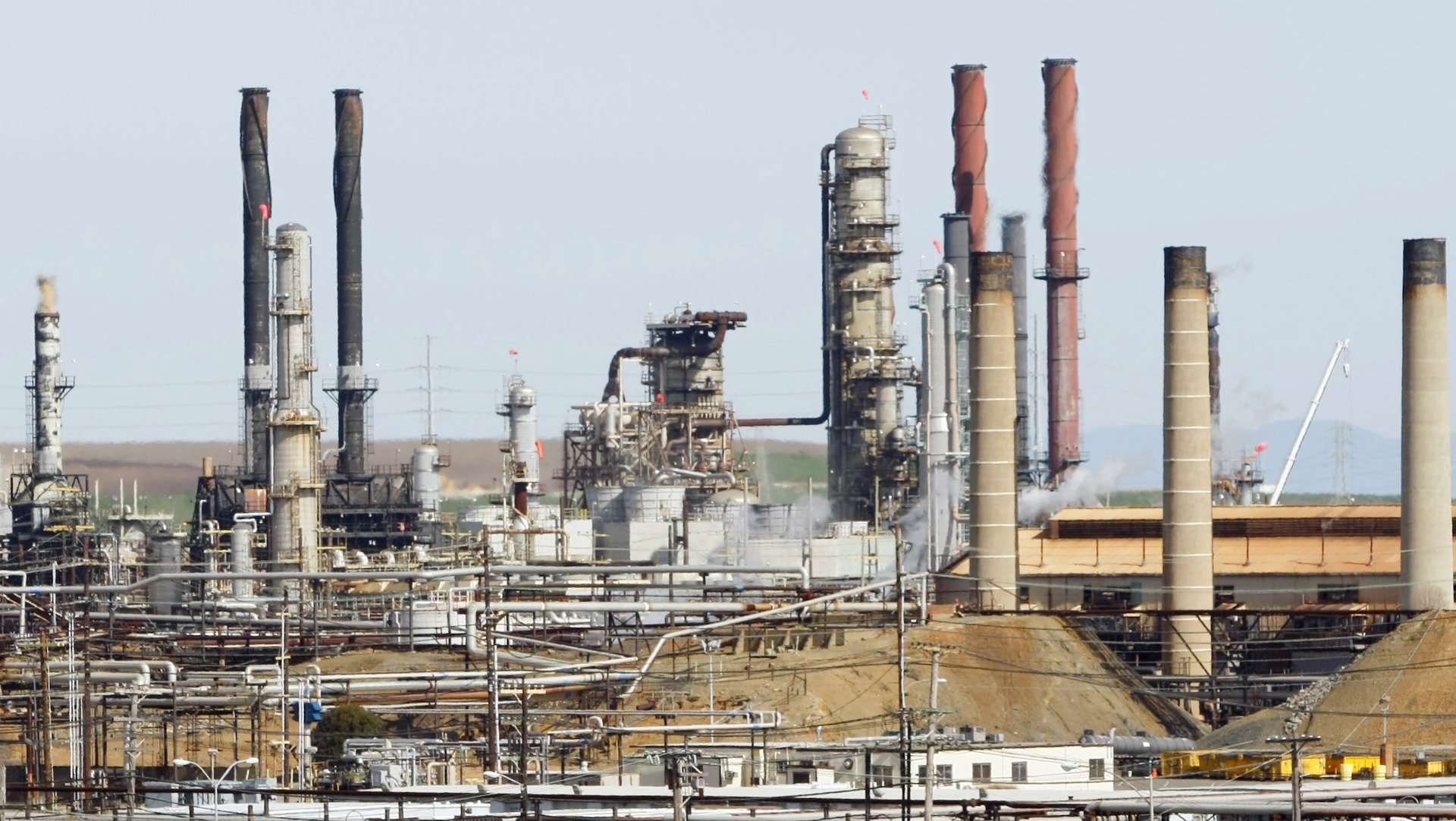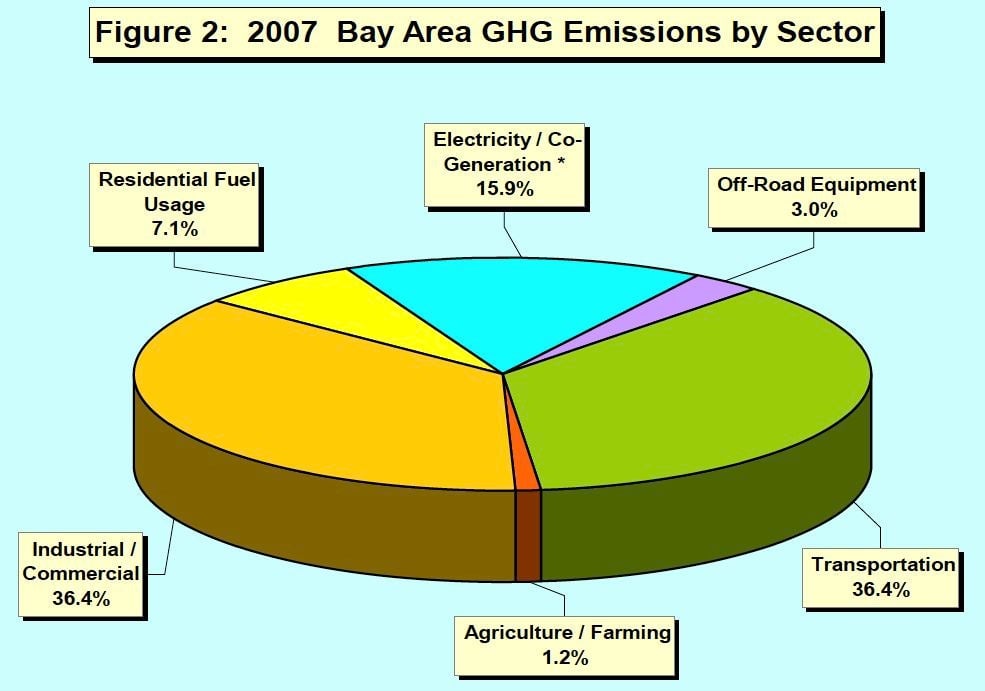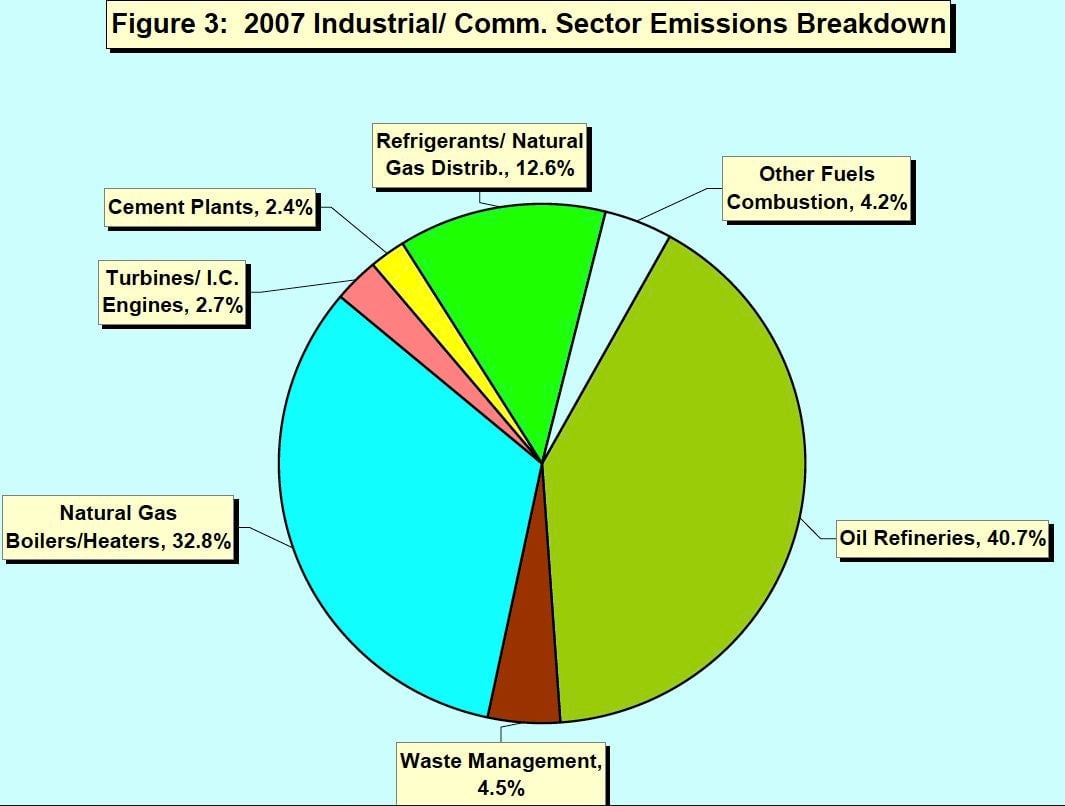San Francisco wants to show the world how to slash carbon emissions
As global leaders gather in Warsaw next week for the biannual exercise in dithering about climate change, San Francisco Bay Area regulators this week quietly took a potentially far-reaching step to radically slash carbon emissions that could serve as a model elsewhere.


As global leaders gather in Warsaw next week for the biannual exercise in dithering about climate change, San Francisco Bay Area regulators this week quietly took a potentially far-reaching step to radically slash carbon emissions that could serve as a model elsewhere.
You probably have never heard of the Bay Area Air Quality Management District (BAAQMD) but the agency is one of the most powerful in California. Like its regional counterparts, the BAAQMD possesses broad powers to cut air pollution, which puts it on the front lines of the state’s climate-change fight. On Nov. 6, the BAAQMD’s board of directors ordered its staff to prepare a plan to implement in the Bay Area California’s target of slashing carbon emissions 80% below 1990 levels by 2050.
As we’ve written, a recent study by scientists at Lawrence Berkeley National Laboratory determined that such an ambitious statewide goal is simply not achievable given current technologies and state policies. But the Bay Area agency’s efforts will determine if there’s more hope for substantial carbon emissions cuts at the local level.
For the Bay Area, that will mean getting people out of their gasoline-burning cars and shutting down or downsizing the region’s oil refineries. Transportation accounts for more than a third of the region’s greenhouse gas emissions with another third coming from industrial companies. Of that industrial spew, oil refineries emit 40% of emissions.

Tackling transportation will be the far easier battle in Priuslandia. The Bay Area has California’s most extensive public transportation system and its tech-savvy drivers have been earlier adopters of electric cars, judging by the growing number of Tesla Model S’s and Nissan Leafs on the road. But the BAAQMD will also need to convert more of the region’s bus and truck fleet to carbon-free fuels and electrify diesel-powered ports.

That could prove to be a boon for green tech entrepreneurs. The BAAQMD does not just issue regulations but acts as an incubator for new technologies. For instance, it’s helping to fund a pilot project to create an electric taxi service to link regional airports in San Francisco to the region’s cities.
The real test will come in taking on Chevron and other oil giants that operate Bay Area refineries responsible for supplying a big chunk of California’s gasoline. The state uses a special blend of gasoline to comply with strict air quality regulations, which means all of California is dependent on the refineries that dot the hills outside of San Francisco. When accidents take the refineries offline, California gasoline prices, among the highest in the US, spike.
Then again, if the agency can get more people in battery-powered cars and electric buses those refineries might just become relics of another time.